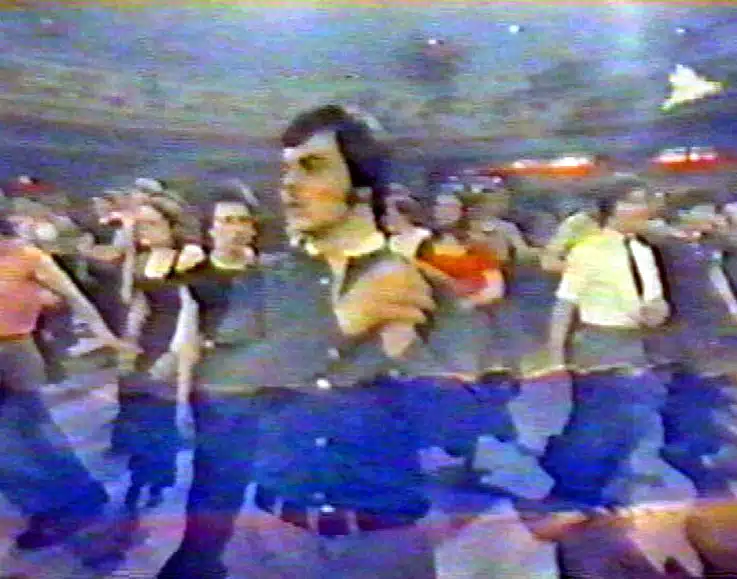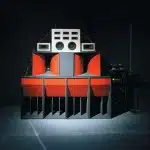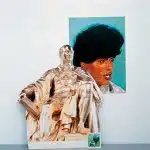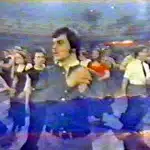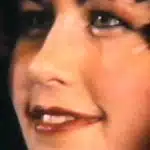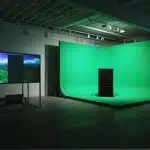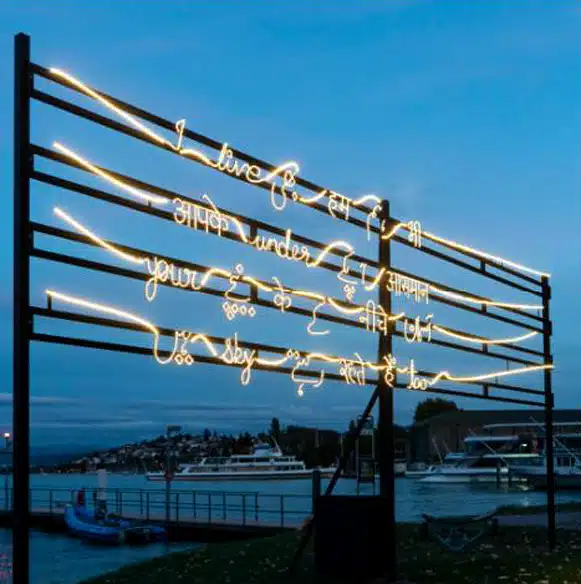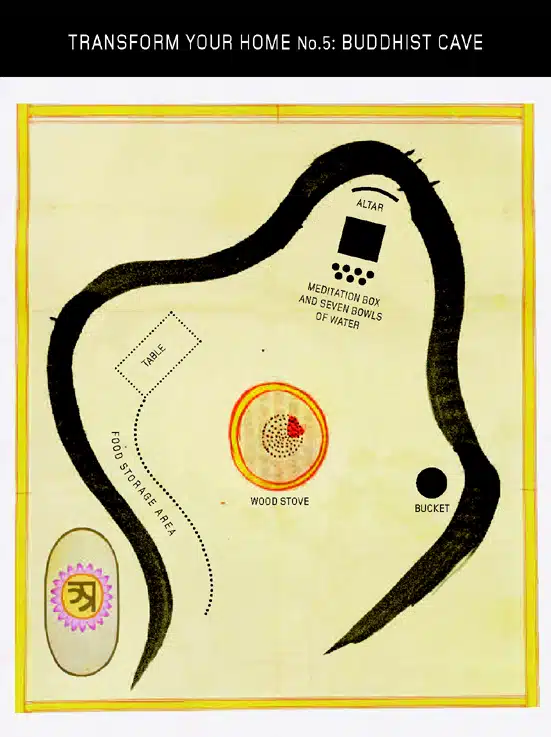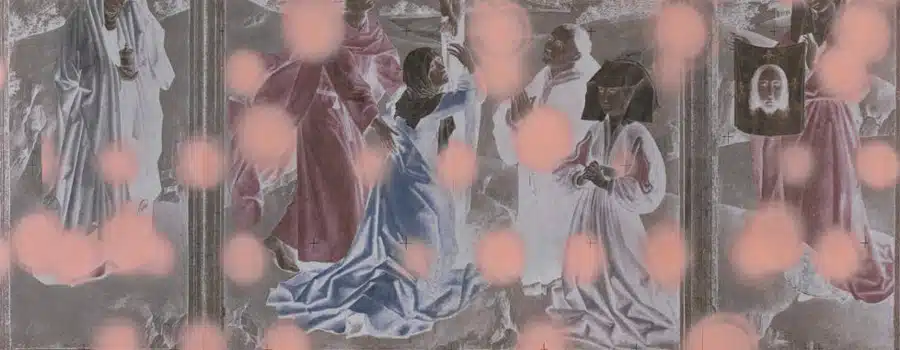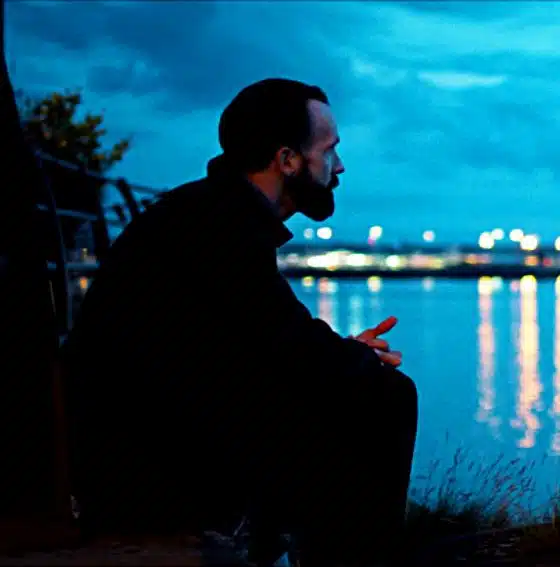In his first UK Solo show that took place in May 2011, Mark Leckey used the Serpentine Gallery to explore the themes of humanity and transformation. After winning the Turner Prize in 2008, he has had exhibitions across the continent, showcasing his multimedia expressions of British subcultures.
Mark Leckey is most noted for his video installation, Fiorucci Made Me Hardcore, in which he complied found footage of different parties from the 70s, 80s and 90s, which will be in included in this new exhibition as well as Parade 2003. The Serpentine Gallery will be presenting three of Leckey’s major works to confront the Liverpudlian artists’ perceptions of progression, change, and memory. FLUX talks to the Turner Prize winner Mark Leckey about ‘casuals’, high-art, and bringing fridges to life.
What is the core theme of this exhibition?
Mark Leckey: My working title was ‘all my aspirations’. I had three main ideas which turned into three big pieces, and each idea explores these transformations in different areas. (Fiorucci Made Me) Hardcore is like a history of British dance culture, from the 70s, 80s, 90s, and, you know the ‘casuals’?
Only from what I’ve read about this piece..
ML: Well the ‘casuals’ were this youth cult. It wasn’t a movement, more like a style. It was the working class youth, who adopted that middle class, leisure wear look. I was a ‘casual’, and it’s always stayed with me. Going back to the title, it wasn’t actually aspirational, we didn’t aspire to be that type of person, it’s not about that, but it’s about that idea of transcending. So, the fridge (GreenScreen RefrigeratorAction) is about a fridge that comes to life; a dumb object that deserves to be alive.
So that fits in with transcending; personification?
ML: Yeah, but I also wanted to show how our relationship to machines has changed. We do treat machines and these dumb objects as if they are people. We’ve gotten into this cybernetic loop with them; we’ve given them so much power that now they inform us. The last piece is BigBoxStatueAction, which is three sound systems piled up. They address the Henry Moore piece, because, to me, Henry Moore has always been a symbol of high-art, so it’s a conversation between the two. It’s not aspirational, as such, more to point out the lost language of high-art. Artists don’t use art in the same as they used to, so my work addresses that.
So it’s more about transformation or evolution than aspirations?
ML: Well ‘transitions’ was the other main idea. I’m making art in the transition between the 20th century and the 21st century. There’s so many ideas from the 20th century which used to inspire me but I can’t believe in them anymore, but then there’s nothing in the 21st century yet. We’re waiting; everything is unwritten. I feel like I’m frozen in time, so the people are trapped in the film, and the fridge is literally frozen. Nothing is really alive, but it all seems like it is; it’s all suggested that it’s living but it’s not.
You’re work is quite anthropomorphic in that way.
ML: Surely everything could be anthropomorphic? Everything I end up making is like a surrogate of me. It’s my voice box, my memories, my nostalgia. I think I’m always looking for things that are alive, the more I think about things the more I make things more primitive. I really like that idea of animals that can talk, and machines that can walk, I think I give everything an aspect of my personality.
When you were choosing the works for this exhibition, was it a significant factor that this is your first UK solo show?
ML: Well it was really important, I really wanted one, and I wanted it to be representative of what I do. A lot of people have criticized my work as too intellectual and dry so I wanted to show what I was about.
Do you think you’re art has changed over the years?
ML: Yeah… for the worse!
words Charlotte M Davey

